- Accelerate the construction of port railways and open up international railway channels between China and South Asian countries
- Relying on the construction of the Xinjiang-Tibet Railway, gradually build an international channel open to South Asia and serve the joint construction of the Belt and Road
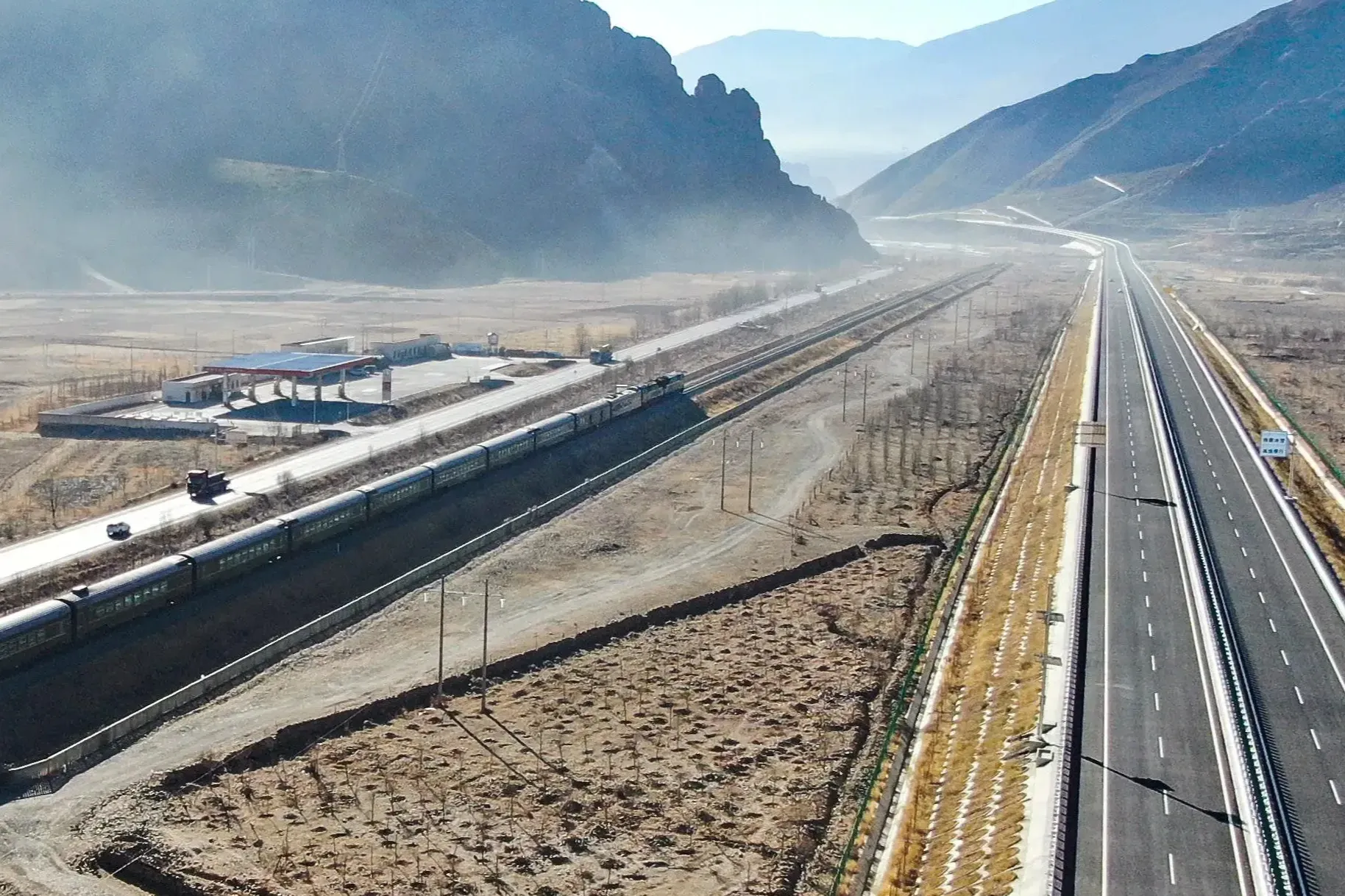
The prosperity of all industries through the ages is preceded by transportation, and the construction of transportation infrastructure in Tibet is related to the future development plan. Recently, the "14th Five-Year Plan and Mid- and Long-Term Railway Network Planning of the Tibet Autonomous Region" was officially issued. The "Plan" pointed out that in July 2006, the Qinghai-Tibet Railway was completed and opened to traffic, ending the history of no trains in the Tibet Autonomous Region. The La-Ri Railway and the La-Lin Section of the Sichuan-Tibet Railway were completed and opened to traffic in 2014 and 2021 respectively. Together with the Gela Section of the Qinghai-Tibet Railway, they constitute the main skeleton of the "D"-shaped railway network in the Tibet Autonomous Region. The scale of the regional railway network has achieved rapid growth.
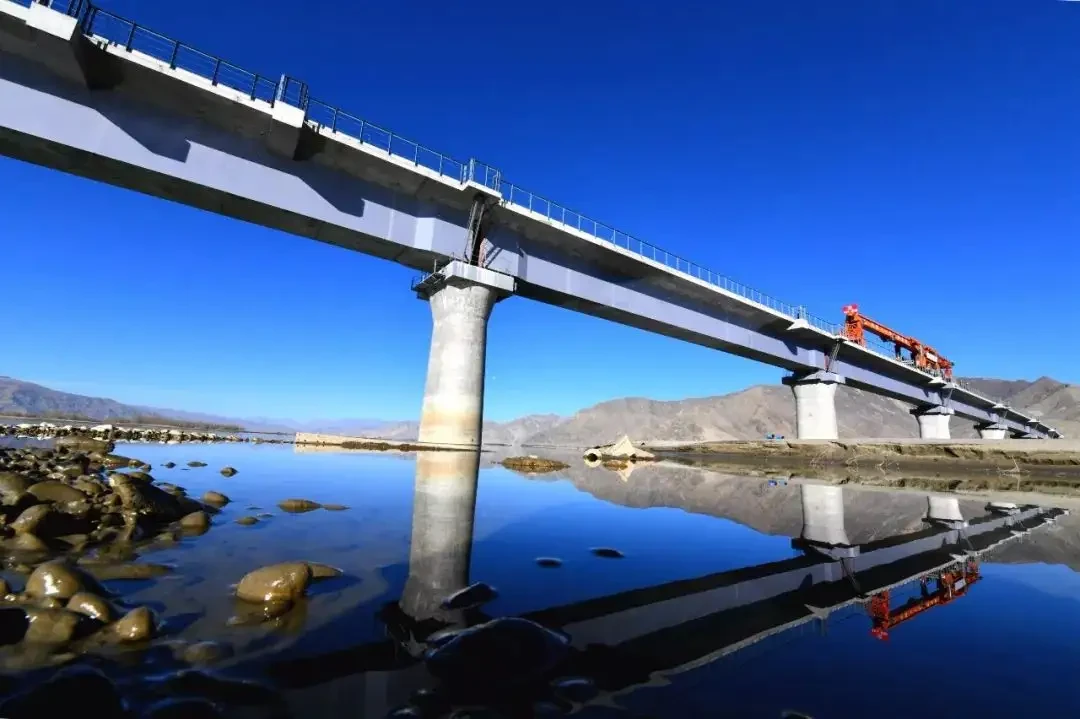
However, there are still obvious unbalanced and inadequate problems in the development of the railway network in the Tibet Autonomous Region, which are mainly reflected in three aspects: First, the scale of the road network is small, the coverage is insufficient, and the distribution of the road network is not balanced enough, and there are large road network gaps in the region; The second is that the external railway passages in the region are not smooth, and the construction of railways in and out of Tibet and border port railways needs to be strengthened urgently; third, the technical standards of the lines are relatively low, and the quality and service level of the road network need to be further improved.
Planning objectives
By 2025, the Ya'an-Linzhi section of the Sichuan-Tibet Railway, the Shigatse-Peikuco section of the Xinjiang-Tibet Railway, and the Bomi-Ranwu section of the Yunnan-Tibet Railway will be implemented smoothly. Section, double-track renovation of Lalin Railway, and Jilong Port Railway strive to start construction. The total scale of railways under construction in the whole region has reached about 4,000 kilometers.
By 2035, the total scale of the railway network in the autonomous region will reach more than 5,000 kilometers, of which the double-track mileage will be about 1,000 kilometers, forming a center in Lhasa, covering all prefecture-level administrative regions in the region, and conveniently connecting Xinjiang, Qinghai, Sichuan, Yunnan and other adjacent provinces and regions and The main land ports along the border and the modern railway network with extensive coverage, convenient travel and sufficient capacity support and lead the high-quality economic and social development of the Tibet Autonomous Region, and effectively guarantee national security.
Medium and long-term plan
Construct the "two horizontal and three vertical" railway main passages. The "two horizontals" are Shigatse~Lhasa~Shannan~Nyingchi~Qamdo~Chengdu, Ngari~Naqu~Qamdo.
The "three verticals" are Hotan ~ Ali ~ Shigatse ~ Lhasa ~ Shannan ~ Nyingchi ~ Shangri-La ~ Lijiang, Xining ~ Golmud ~ Naqu ~ Lhasa, Xining ~ Yushu ~ Qamdo.
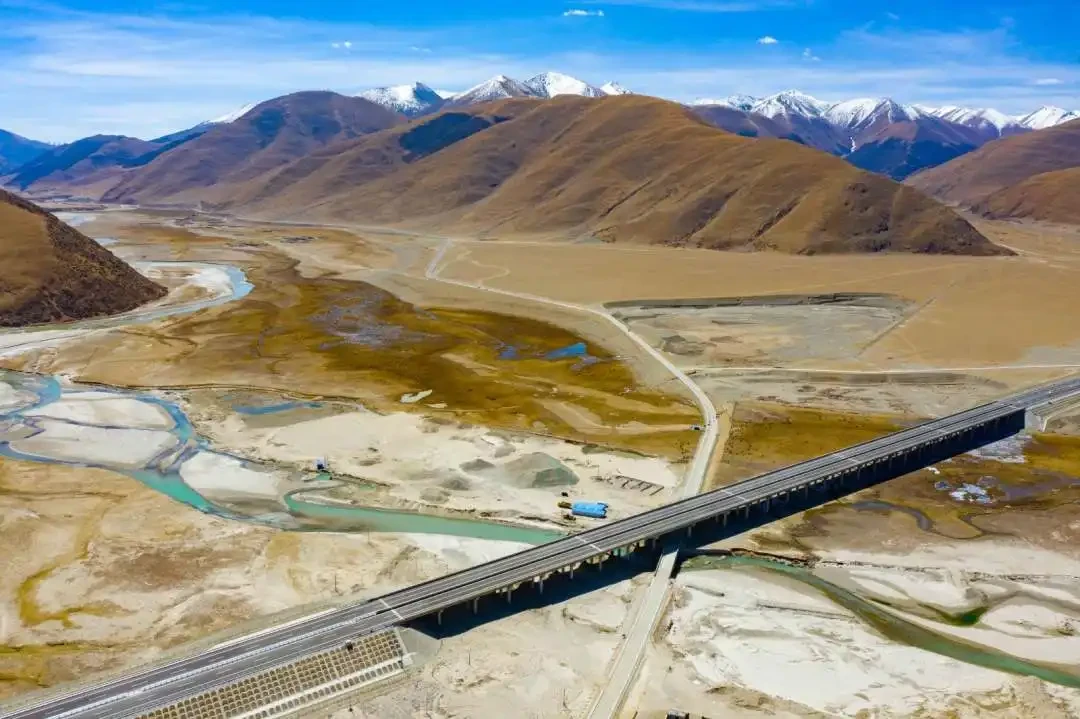
According to the above layout, the total scale of the "two horizontal and three vertical" main passages in Tibet is about 5,948 kilometers. The Xinjiang-Tibet Railway (from Shigatse to Pekutso to Hotan), the Yunnan-Tibet Railway (from Bomi to Ranwu to Shangri-La) and the Yushu-Tibet Railway are planned to be constructed. Qamdo Railway, Nagqu-Chamdo Railway, Nagqu-Ali Railway, etc., together with the existing and under-construction railways in the region, form a border that runs through all border areas in the region, directly connects all prefecture-level administrative regions internally, and connects all neighboring provinces conveniently externally District, and then access to the main railway network all over the country.
Build an international railway channel open to South Asia. Accelerate the construction of port railways, connect the main land ports along the Tibet Autonomous Region, and open up international railway channels between China and South Asian countries.
Relying on the construction of the Xinjiang-Tibet Railway, plan and construct the Jilong Port Railway (Pekutso to Jilong), the Yadong Port Railway (Shigatse to Yadong), and the Pulan Port Railway (Baga to Pulan), gradually building an international network open to South Asia. Channels, serving the joint construction of the Belt and Road Initiative, and promoting high-quality development in border areas.
Orderly expand the road network coverage. In order to meet the needs of regional economic and social development and resource development in the future, coordinate and promote the construction of branch railways such as local development railways in resource-rich and densely populated areas. The Lhasa-Mazhugongka Railway will be completed before 2035. Shenza to Bangor, Mozhugongka to Dingqing, Naidong to Cuona, Dingjie to Kangma to Qiongjie, Milin to Medog to Zayu, Qamdo to Ruoergai and other railways, with a total scale of about 2,514 kilometers.
Reconstruction and upgrading of existing railway passages. Carry out capacity expansion and transformation of existing railways in a timely manner as needed, and actively promote the electrification of non-electrified railways. While improving the efficiency of railway transportation, reduce carbon emissions from the turnover of passenger and cargo transportation units, and achieve efficient and low-carbon transportation.
Combined with the planning and construction of new railway lines, plan and implement the electrification transformation of the Golmud-Lhasa section of the Qinghai-Tibet Railway, the double-track reconstruction of the Lhasa-Nyingchi section of the Sichuan-Tibet Railway, the double-track and electrification transformation of the Lhasa Railway, and gradually realize the electrification of the main railway lines in the region.
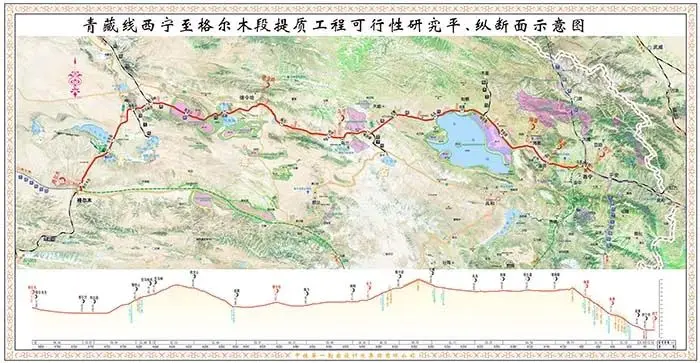
Build a modern comprehensive hub. To build a modern railway passenger transport hub in Lhasa, with Lhasa Station as the fulcrum and surrounding railway passenger stations as supplements, integrate civil aviation, highway, urban transportation and other elements, realize multi-level integration of comprehensive transportation, seamless and coordinated development, and accelerate the construction of Lhasa's national comprehensive transportation hub. Relying on railway passenger stations, the construction of comprehensive passenger transport hubs in Shannan, Nyingchi, Shigatse, Qamdo, Nagqu, Ali and other regions will be promoted in an orderly manner to improve the level of passenger transport services.
14th Five-Year Key Tasks
From the perspective of the requirements of the economy, people's livelihood, and national defense on railways, meeting the country's national defense needs, breaking the bottleneck of transportation capacity in and out of Tibet, and improving people's travel conditions are the focus of railway planning and construction during the "14th Five-Year Plan" period of the Tibet Autonomous Region.
Promote the construction of the Sichuan-Tibet Railway with high quality. On the basis that the construction of the Sichuan-Tibet Railway has been started across the board, in-depth research and detailed deployment of various tasks for the construction of the Sichuan-Tibet Railway will promote the construction of the project with a high starting point, high standards and high quality, and ensure the completion of the century-old and landmark project of the Sichuan-Tibet Railway.
The construction of the railway corridor along the border will be launched in an all-round way. Accelerate the preparatory work of the Xinjiang-Tibet Railway and the Yunnan-Tibet Railway, and start construction in stages during the "14th Five-Year Plan" period. Together with the existing Lari Railway and the Sichuan-Tibet Railway under construction, it will form a border area that connects the border areas of Xinjiang, Tibet, and Yunnan. railway access.
The Shigatse-Peiku section of the Xinjiang-Tibet Railway was launched in advance. As an important transportation guarantee for stabilizing and strengthening the border in western China, the Xinjiang-Tibet Railway should be prioritized for implementation during the "14th Five-Year Plan" period. Combined with the regional economic and social development and the travel needs of residents, and coordinate the railway construction from Pekutso to Jilong Port, start the implementation of the Shigatse to Pekutso section of the Xinjiang-Tibet Railway in advance, and start construction as soon as possible.
The Pekutso-Hotian section of the Xinjiang-Tibet Railway will be implemented in sections. Accelerate the preparatory work of the Pekutso-Hotian section of the Xinjiang-Tibet Railway. According to the difficulty of project implementation, coordinate the construction period of each section, start construction in sections during the "14th Five-Year Plan" period, and strive to open the entire line simultaneously and realize continuous operation as soon as possible.
Accelerate the implementation of the Bomi-Ranwu section of the Yunnan-Tibet Railway. The Yunnan-Tibet Railway is an important strategic barrier for border security in Southwest China, and it is necessary to speed up project implementation in order to coordinate the international situation. According to the progress of the preliminary work of the project, the Bomi-Ranwu section of the Yunnan-Tibet Railway will be implemented during the "14th Five-Year Plan" period.
The Ranwu-Shangri-La section of the Yunnan-Tibet Railway will be implemented in due course. Accelerate the preparatory work of the Ranwu-Shangri-La section of the Yunnan-Tibet Railway, and strive to start construction during the "14th Five-Year Plan" period according to the preparations for the preparatory work.
Promoting the construction of railways at border ports in an orderly manner
Deepen the preliminary research on railways at border ports, combine domestic and international situation requirements, start construction in an orderly manner as needed, and gradually open up China's international railway passages to South Asia.
The construction of the Jilong Port Railway started. Combined with the construction situation of the Xinjiang-Tibet Railway, the construction of the Pekutso-Jilong Port Railway will be started in due course, and the railway port station will be set up in Jilong Town, and conditions for connecting to Kathmandu will be reserved.
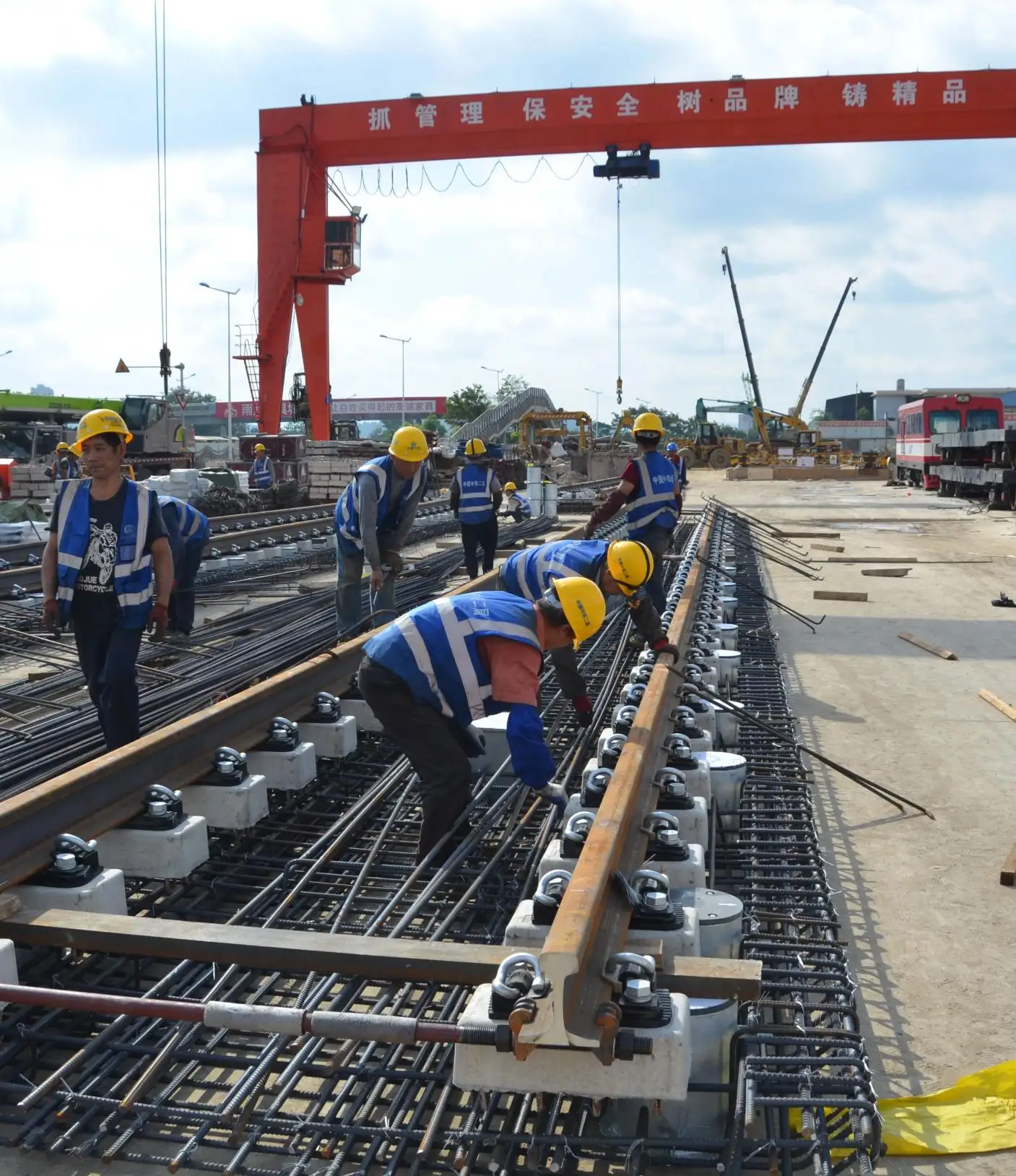
Deepen research on Yadong Port Railway and Pulan Port Railway. In light of the construction situation of the Xinjiang-Tibet Railway and the needs of regional economic and social development, carry out and deepen the Yadong and Pulan port railway planning research and project preliminary work, and start construction at an appropriate time.
Implementation of capacity expansion and transformation of existing railway passages
According to the growth of railway transportation demand, implement the capacity expansion and transformation of existing railway passages, make up for shortcomings and strengths, and improve the overall efficiency of the regional railway network.
Implement the electrification transformation of the Golmud-Lhasa section of the Qinghai-Tibet Railway. Before the full line of the Sichuan-Tibet Railway is opened to traffic, in order to alleviate the bottleneck of the capacity of the railway passages in and out of Tibet, improve the quality of the road network and promote green development, the electrification transformation of the Golmud-Lhasa section of the Qinghai-Tibet Railway will be implemented during the "14th Five-Year Plan" period. While improving the passage capacity Realize the operation of EMUs.
Promote the double-track reconstruction of the Lhasa-Nyingchi section of the Sichuan-Tibet Railway. In order to solve the capacity bottlenecks brought about by the opening of the Ya'an-Nyingchi section of the Sichuan-Tibet Railway and the Yunnan-Tibet Railway in the future, we will strive to implement the double-track reconstruction of the Lhasa-Nyingchi section of the Sichuan-Tibet Railway during the "14th Five-Year Plan" period, strengthen and improve the channel transportation capacity, and integrate with the Sichuan-Tibet Railway The whole line is synchronized to realize the opening and operation. Editor/Xu Shengpeng
Comment
 Praise
Praise
 Collect
Collect
 Comment
Comment
 Search
Search




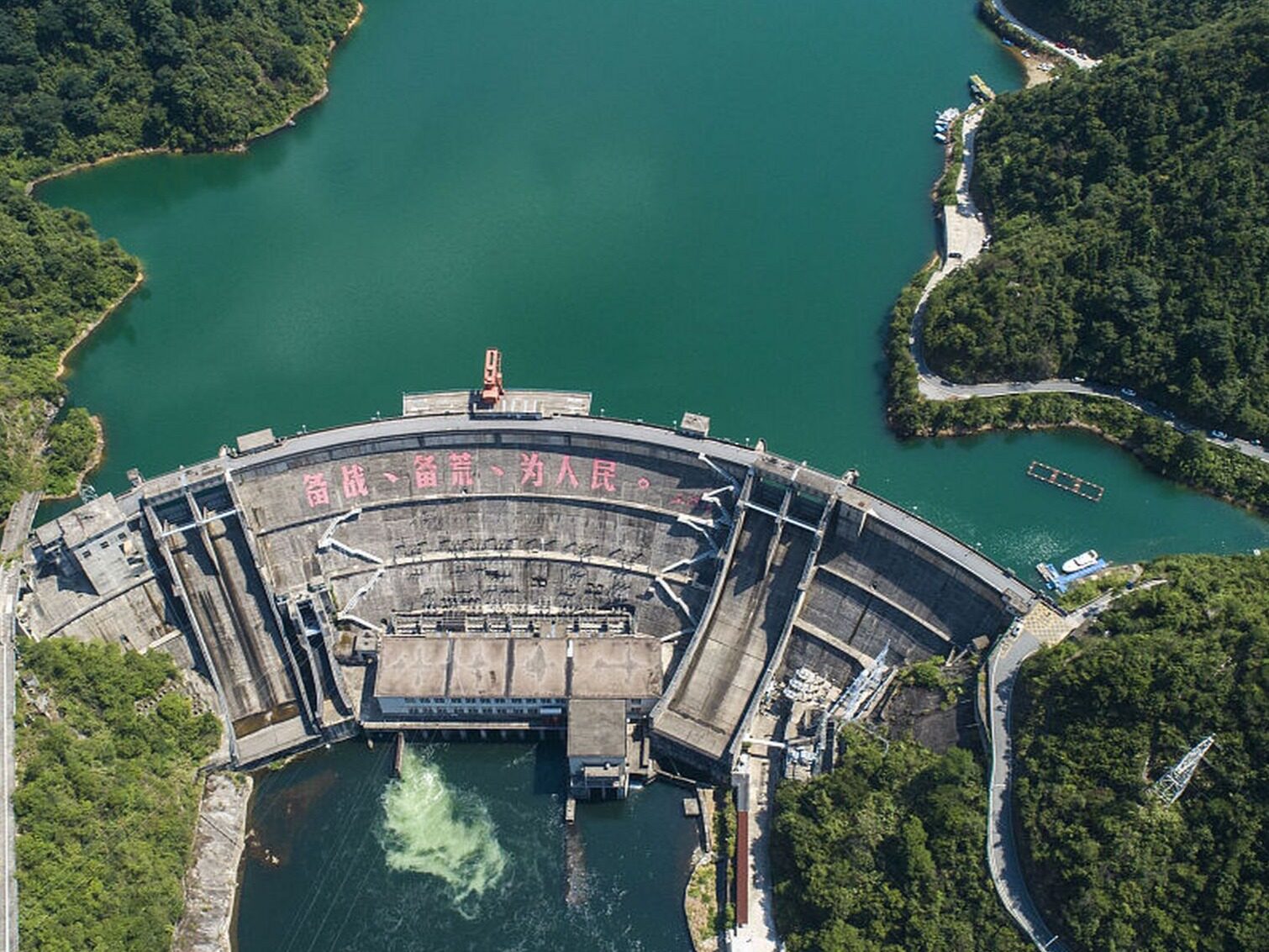


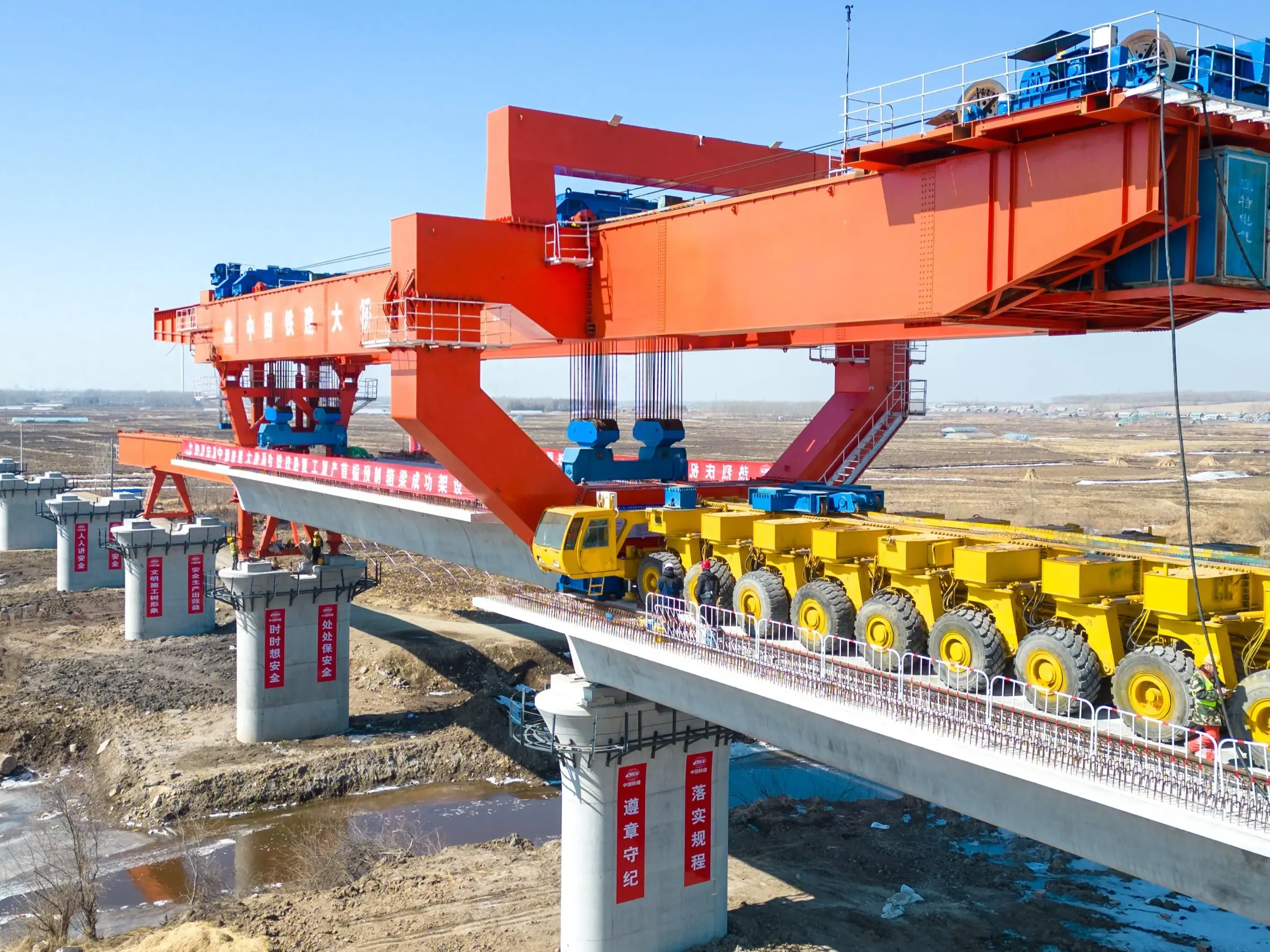






Write something~